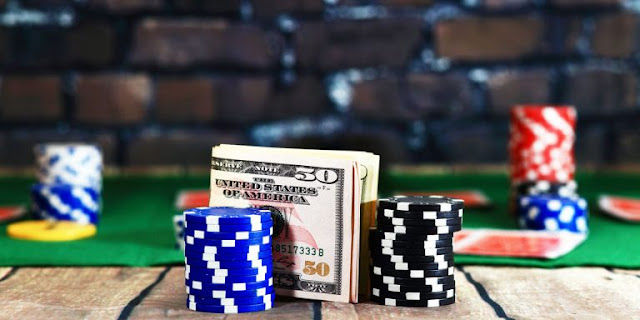How Bookmakers Make Money
How Bookmakers Make Money
One of the basic, engaging parts of sports wagering is that it's feasible to reliably make a benefit. You need to know what you 카지노사이트are doing and apply the right procedures, however it very well may be finished. Be that as it may, most bettors lose cash over the long haul. There are a few reasons why this is the situation, one of which is the way that bookmakers utilize certain methods to ensure they are consistently at a benefit.
Effective games wagering is essentially about conquering this benefit. Bookmakers are basically your rivals, and you need to figure out how to beat them. Before you can do this, you need to see precisely how they are guaranteed to bring in cash.
In this article, we clarify the strategies bookmakers use to give themselves the benefit. We additionally take a gander at the other principle motivation behind why they bring in cash: most bettors make awful wagers.
Things being what they are, How Exactly Are the Bookmakers Making Money?
Bookmakers bring in cash by the accompanying:
They set the right wagered costs (the vig)
Setting and changing the wagering lines
Adjusting the Book – Eliminating Risk
Depending on Bettor Emotions and Lack of Knowledge
Essential Principle of Bookmaking
The essential standard of bookmaking is direct and pretty self-evident. A bookmaker takes cash in at whatever point they lay a bet to a client, and they pay cash out each time one of their clients wins a bet. The thought is to take more cash in than pay out. The craft of bookmaking is in ensuring this occurs.
Bookmakers can't handle the result of games, 카지노사이트 주소yet they can handle the amount they remain to win or lose on a specific outcome. They set the chances for every one of the bets they lay, which at last empowers them to guarantee a benefit.
Charging Vigorish/The Overround
The fundamental method bookmakers use to place the chances in support of themselves is the consideration of vigorish. Vigorish, or vig, is otherwise called juice, edge, or the overround. It is incorporated into the chances bookmakers set to help them make a benefit. Generally, it's a bonus charged for laying wagers. To best clarify vig, we'll utilize a basic illustration of a coin throw.
The flip of a coin has two potential results and each is similarly probable. There is a half possibility of heads and a half possibility of tails. In the event that a bookmaker were offering genuine chances on the flip of a coin, they would offer even cash. This is 2.00 in decimal chances, +100 in moneyline chances, and 1/1 in partial chances. A fruitful $10 bet at even cash returns $20, which is $10 benefit in addition to the underlying stake back.
Suppose this bookmaker had 100 clients all wagering $10 on the flip of a coin, with half of them wagering on tails and a big part of them wagering on heads. The bookmaker would remain to bring in no cash at all in this situation.
As you can see from the above picture, the bookmakers are taking in a sum of $1,000 in bets, however they additionally need to pay out an aggregate of $1,000 in rewards whatever the outcome. Since they are ready to go to bring in cash, this is clearly not a decent situation.
This is exactly why they work in the vig to the chances. They would thus be able to ensure, hypothetically in any event, that they will bring in cash paying little heed to the result. At the point when two results are similarly conceivable, it isn't unexpected for them to utilize chances of 1.9091 (- 110 in moneyline, 10/11 in fragmentary).
Proceeding with the coin throw model, the chances on heads and tails would in any case both be something very similar, yet they would now be at 1.9091. This implies that a fruitful $10 would return an aggregate of $19.09 ($9.09 in benefit, in addition to $10 unique stake).
We should perceive what that looks like for the bookmaker now, with 50 clients wagering on tails and 50 clients wagering on heads.
As should be obvious, the adjustment of chances has had a major effect, and the bookmaker is currently making an ensured benefit on each flip of the coin. The aggregate sum they pay out is continually going to be $954.50 against the $1,000 they have gotten in absolute bets. Their inherent net revenue of $45.50 is the vigorish, or overround, and it's generally communicated as a level of the all out bets got. For this situation, the vig is equivalent to generally 4.5%.
This is an exceptionally worked on model, however it serves to represent how bookmakers set the chances to give them a benefit. Things get somewhat more muddled when it really comes to games, as the potential results aren't generally similarly probable. There are multiple potential results in many wagering markets, and bookmakers aren't continually going to take in the very same sum on every single imaginable result.
Therefore, bringing in cash as a bookmaker isn't pretty much as direct as basically charging vig. Different procedures are needed to guarantee predictable benefits, and this is the place where the job of chances compilers comes in.




Comments
Post a Comment